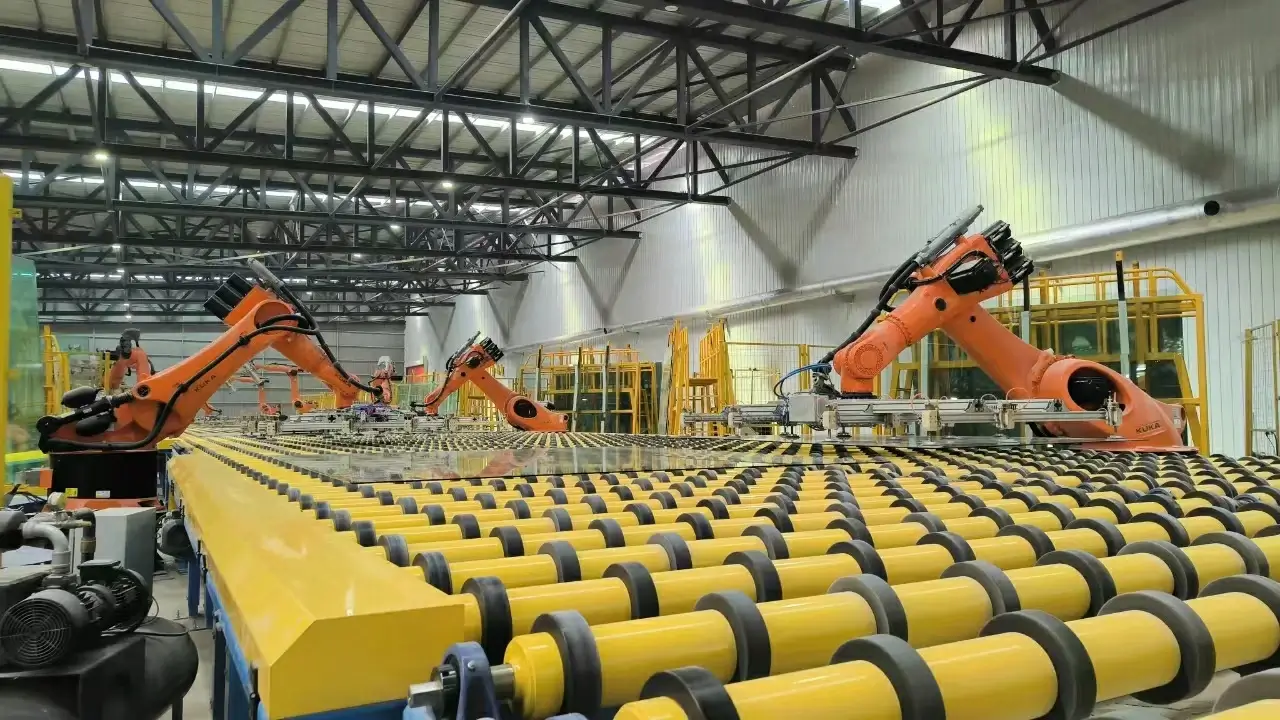

The Significance of Standard Float Glass in Modern Architecture
Standard float glass, a ubiquitous material in contemporary architecture, plays a crucial role in both aesthetics and functionality. This form of glass, known for its clarity and uniform thickness, is produced through a process known as float glass manufacturing, which was developed in the mid-20th century. The process involves floating molten glass on molten tin, resulting in a smooth and flat surface. This innovation not only revolutionized the glass industry but also set the stage for advancements in architectural design.
One of the key attributes of standard float glass is its exceptional clarity. When viewed under natural light, float glass presents an unblemished surface that allows light to pass through with minimal distortion. This characteristic is particularly valued in modern architecture, where natural light is often a design priority. Large glass facades and windows integrated into buildings create airy, open spaces that foster a connection between the indoors and the outdoors. Such designs not only enhance the aesthetic appeal of structures but also contribute to energy efficiency by maximizing the use of daylight.
Moreover, standard float glass can be treated to enhance its performance
. Options such as tempered or laminated glass provide strength and safety, making it suitable for diverse applications, from residential homes to skyscrapers. Tempered glass undergoes a heating and cooling process that significantly increases its strength, making it an ideal choice for high-stress environments, including facades and canopies. Laminated glass, on the other hand, consists of multiple layers bonded together with a polymer interlayer, providing additional acoustic insulation and protection against impacts.
Another noteworthy feature of standard float glass is its versatility. Architects and designers can manipulate its properties to meet specific needs, including thermal insulation and solar control. Low-emissivity (Low-E) coatings can be applied to standard float glass to reduce heat transfer, helping to maintain indoor temperatures while minimizing energy consumption. This adaptability makes standard float glass an integral component in sustainable building practices, as it aids in achieving environmental certifications like LEED.
Float glass also excels in safety and regulatory compliance. In many regions, building codes require specific glass types in certain applications to prevent hazards. Standard float glass can be modified to meet these regulations with relative ease, ensuring buildings are not only beautiful but also safe for occupants. The ability to provide both clarity and security makes it a preferred choice for glass installations in various contexts.
The aesthetic implications of standard float glass extend beyond functionality; it offers a canvas for artistic expression. Architects often experiment with transparency, reflection, and light interaction, creating dynamic structures that change appearance with the time of day and weather conditions. The contemporary glass buildings we see today not only serve practical purposes but also contribute to the cityscape, enhancing urban environments.
In conclusion, standard float glass is more than just a practical material; it embodies the intersection of innovation and design in modern architecture. Its clarity, strength, adaptability, and aesthetic potential make it a staple in the construction of contemporary buildings. As architects continue to push the boundaries of design, standard float glass will undoubtedly remain at the forefront, enabling creations that are both functional and visually stunning.